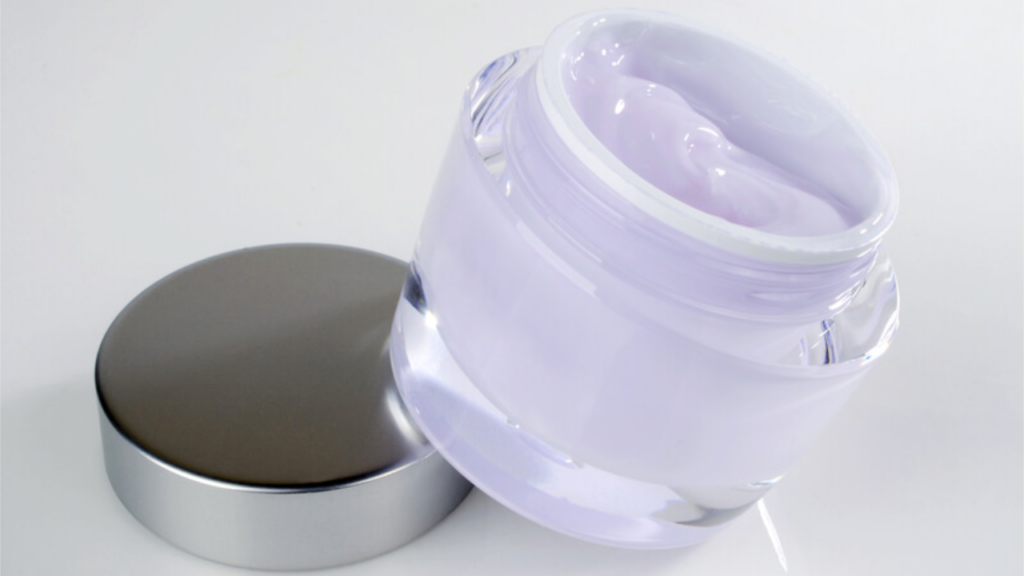
Moisturizers help to improve the skin’s barrier or protective function, help to reduce skin water loss, and also help to decrease skin inflammation. They are an important component of a complete skincare program and are used by doctors to aid in the treatment of atopic dermatitis and the side effects of psoriasis.
Moisturizers that contain no allergens are a mainstay for both treatment and prevention of allergic contact dermatitis. Because of the important role moisturizers play, patients frequently request product recommendation from their doctors. For this reason, doctors at Northwestern University’s Feinberg School of Medicine reported (JAMA Dermatology-November 2017) their review of 174 best-selling moisturizers. Their findings were very interesting.
Their study revealed that moisturizing lotions were the most popular (59%) and were also less expensive. This is likely due in part to their higher water content. They are also easy to apply over large areas and lotions evaporate faster on the skin, which reduces the greasy feeling that patients dislike. Only 2% of the best-selling moisturizers were ointments.
Price
The price of moisturizers varies widely. The median price was $0.59 per ounce but ranged from a low of $ 0.10 to as high is $9.51 per ounce. Patients tended to be happy with the leading moisturizers, overall getting them a mean rating of 4.6 on a 1-5. scale.
Label
The majority of products (69%) made additional marketing claims on their label. It is important to note that there is little regulation or oversight regarding claims made on product labels. The most common claims were “dermatologist recommended” (23%); “fragrance free” (23%); “non–greasy” (22%) and “organic”, “natural”, or “pure” (22%). For patients was sensitive skin, is important to note that 83% of products claiming to be “hypoallergenic” contained at least 1 ingredient recognized as an allergen (listed on the North American Contact Dermatitis Group series).
Fragrance
Forty-five percent (45%) of products labeled as “fragrance free” contained at least one fragrance or botanical cross-reactor ingredient. Eighty-eight percent (88%) of the “best-selling” moisturizers contained at least one allergen. The three allergens most commonly found in moisturizers were fragrances, parabens, and tocopherols.
.
Follow us on Facebook for more tips on health and wellness every week.
.
For information on procedures and wellness, visit our collection of free, downloadable eBooks